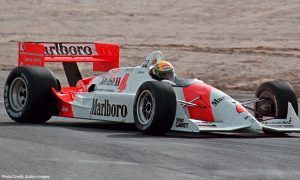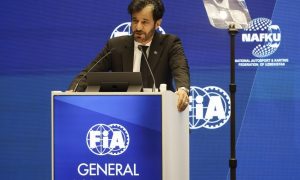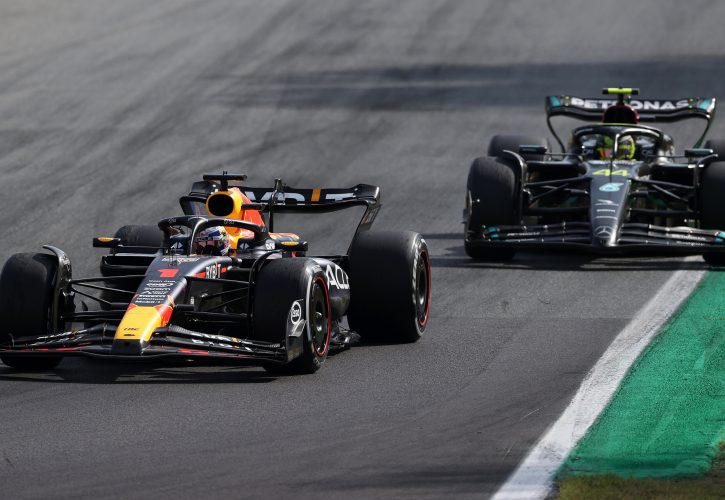
Toto Wolff would love to see Red Bull impacted by the FIA's new flexi-wing technical directive that comes into force this weekend in Singapore, but the Mercedes F1 boss doubts this will be the case.
At Marina Bay this weekend, Formula 1's governing body will tighten up its control measures of all things flexible as featured in Article 3.2.2 of the Technical Regulations, which relates to the illegal use of flexible wing components to help retain downforce without adding drag or compromising straight line speed.
As part of the FIA's new directive, teams were compelled to submit assembly drawings and cross-sections of their aero elements – featuring front and rear wing assemblies, endplates and attachments - in a bid to strengthen the scrutiny of area targeted by the directive.
There have been suggestions that Aston Martin's early season success was related to a clever way of working around the rules relating to flexible wings, and that the team has since walked back its advantage.
It's therefore how much impact the measures will have on the performance of each team's car and how they could potentially shake up the running order.
Wolff is eager to see if the measures will have any incidence on a specific team's performance.
"It's going to be interesting," said the Mercedes boss, quoted by Motorsport.com.
"I think with the Aston Martin you've seen that they made a step backwards with their wing moving less, but I don't know the details. Let's wait and see.
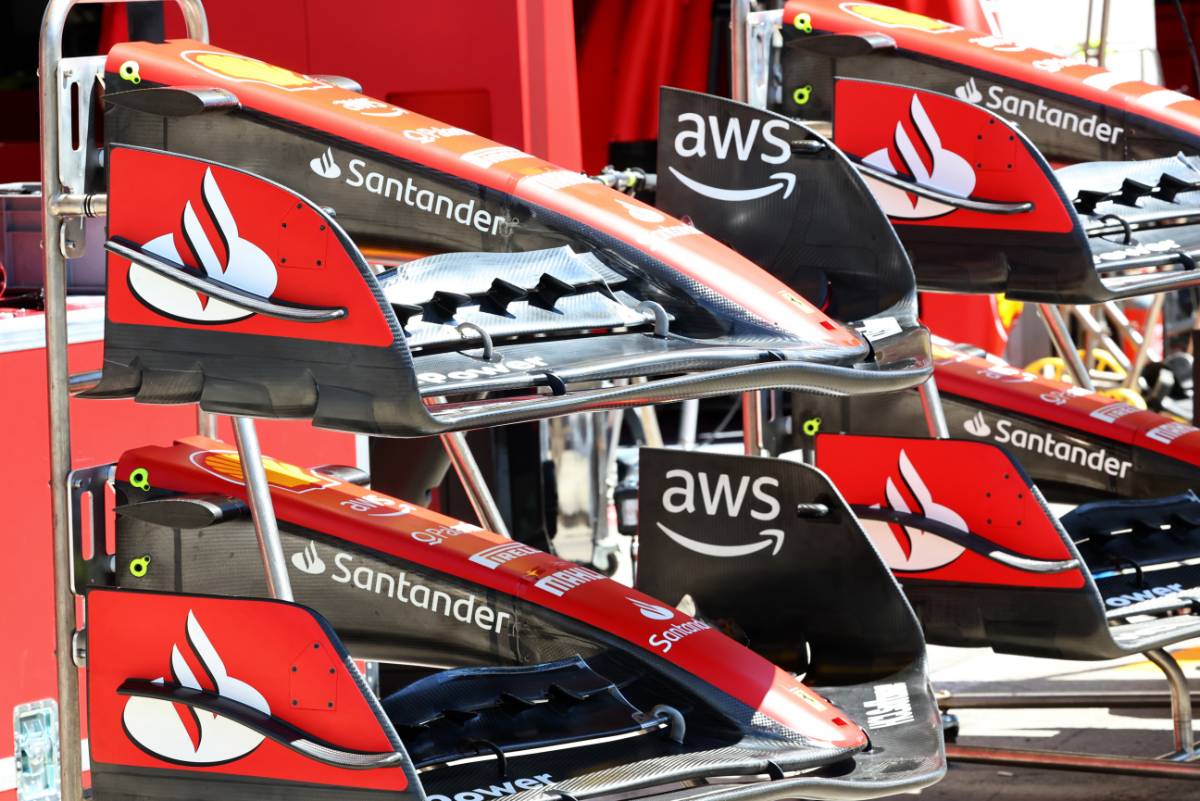
"I don't know who is exploiting them to a bigger degree than others, but it's maybe Red Bull [if it] is half a second slower suddenly.
"That would be nice, but I don't think that will be the case."
FIA single-seater technical director Tim Goss has made clear that TD018, the governing body's latest flexi-wing directive, was not aimed at a specific outfit or car.
"We’ve been speaking to some teams for several weeks where we believed there was a need for clarity," Goss explained.
"The FIA issued our proposal to all teams asking for feedback by the 29th of August. We then spoke again in Monza, about design details, where teams were asking us about examples.
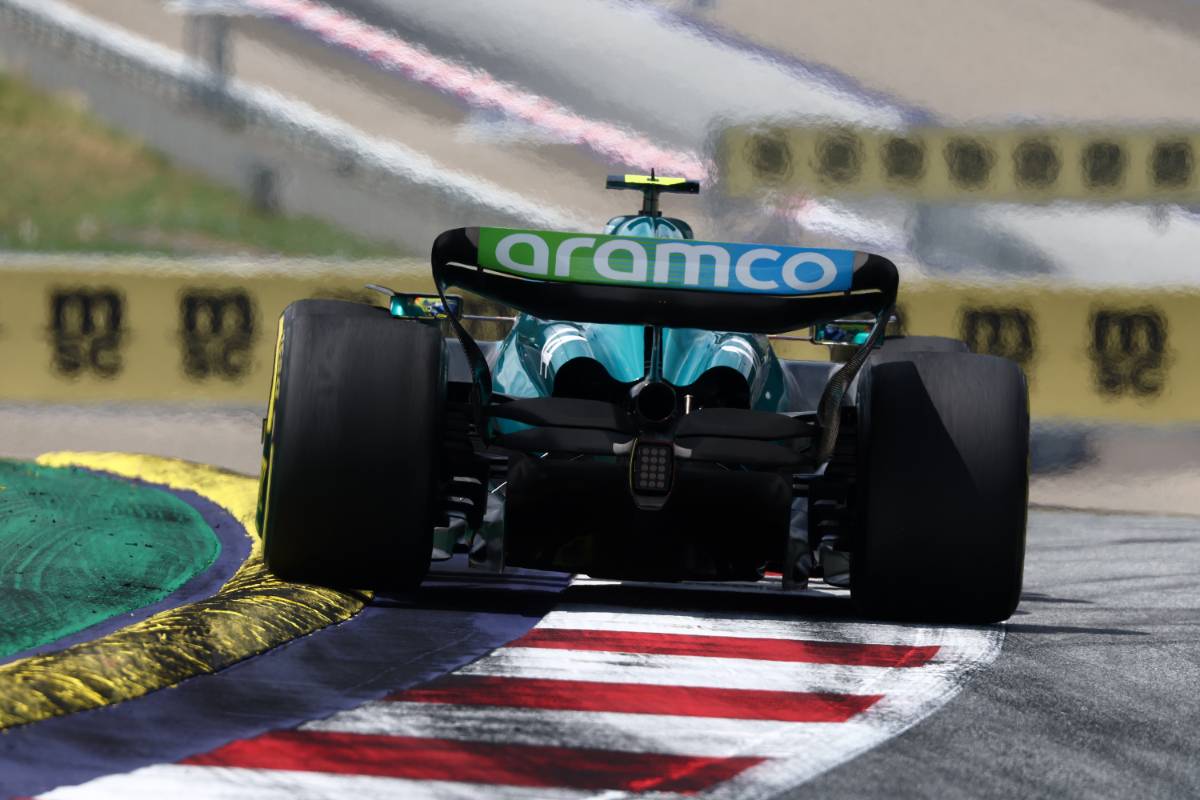
"It’s not that we’ve seen any one particular car or feature that we’ve targeted, or an element that’s been common across the whole grid.
"This is about where front and rear wing elements join the nose, join the rear impact structure, join the rear wing endplates.
"And there have been several instances where teams have tried to make the most of the deflection allowance by permitting some bits and pieces to start moving relative to each other."
In summary, the FIA noted "a little bit too much freedom being applied to the design details of aerodynamic components" by F1 designers, and felt compelled to intervene.
Keep up to date with all the F1 news via Facebook and Twitter



